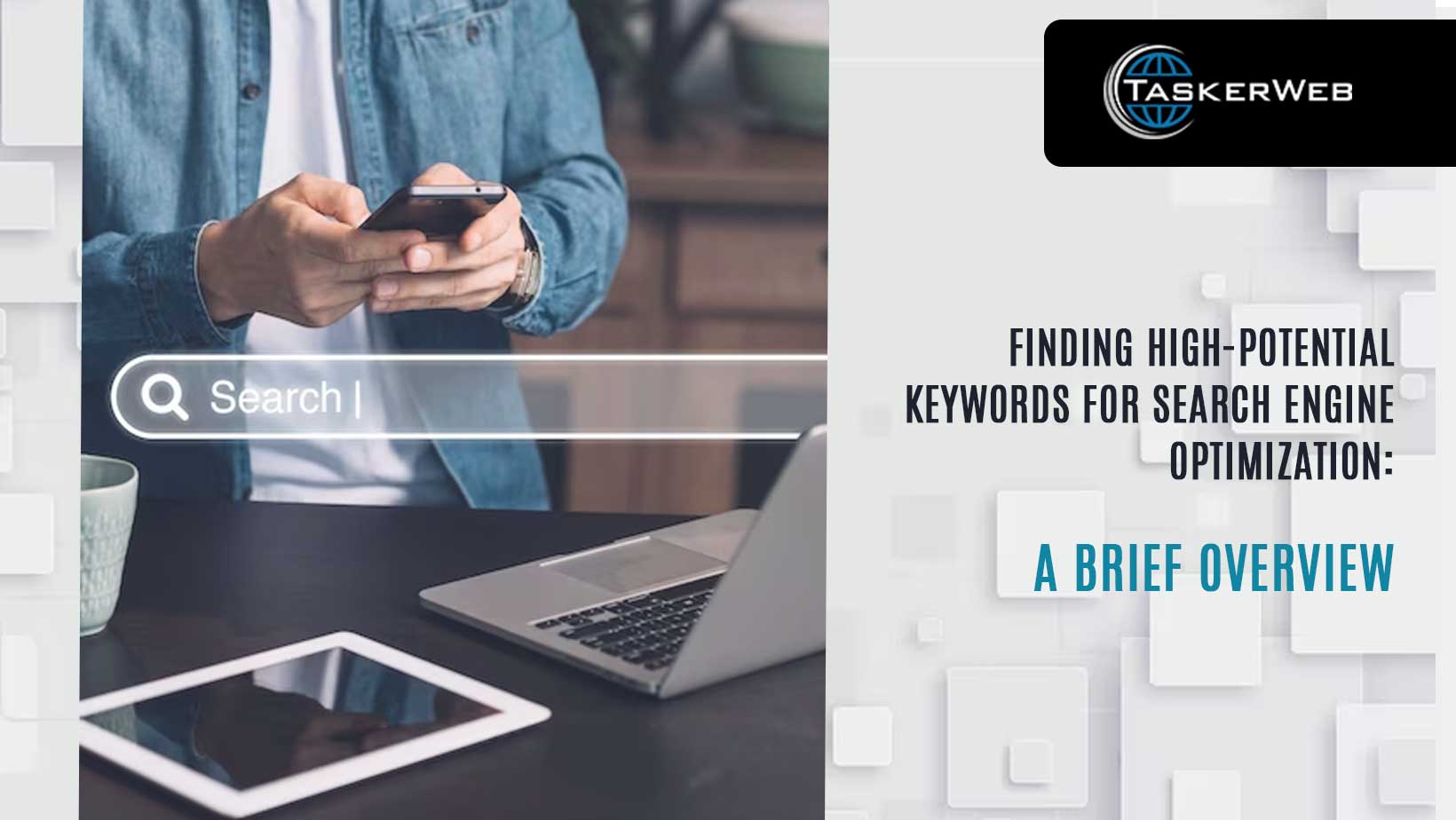A UI design is the first thing your users notice about your website. A good design will create a lasting impact on the users, while a poor design can cause users to abandon your website in no time. The worst thing a lousy UI design can do is leave a painfully hard impression on users.
When you are immersing yourself in the task of creating a high-quality app or website, even the minutest details matter. It is common for UI designers to make UI design mistakes during the test and trial process. Let us check out some exclusive UI design tips to avoid the following list of mistakes. If you are starting as a UI designer, you can make sure to never edge near these errors.
Every tool, website design, and application is different. There isn’t one right way to create a UI design, as every app is different and has different interface requirements. We will try to encapsulate all designs so you can benefit from the list and improve the UI design.
Mistakes To Avoid For UI Design
1. Inconsistent Website UI Elements
Using a cluster of UI elements in your designs can make them look redundant and elaborate. This may confuse users. You should try to integrate the same designs and patterns whenever necessary. For instance, if you are writing a blog, you must ensure that the alignment, font, background, language, tone, and color are the same for the sake of consistency. They remember, trust, and value you when you establish your UI design as a consistent user experience. They begin to associate the feeling of your brand the instant they come across your color scheme and design. Your website's UI design defines you and creates a distinctive brand identity for you. Your consistent design will help you win your customer’s trust and produce a seamless and enjoyable experience with your visitors. Besides, users will feel more comfortable using the app and easily navigate the site.
You can follow the given UI design tips to keep your interface consistent:
- Use a consistent color scheme for texts, hover states, buttons, footers, headers, links, etc.
- Use a consistent font in paragraphs, titles, links, subtitles, etc.
- Incorporate a selected shape-square or rounded-on the edges on elements such as buttons, icons, cards, etc.
- Keep consistent spacing and divider thickness between two different icons.
2. Non-Application of Default Drop-Shadow
When you are playing around with drop shadows, you must remember that overdoing those can make the design noisy, busy, and cluttered. You must remember the following when it comes to using drop-shadow:
- Adjust your drop shadow to set the tone right.
- Never include bold and highly contrasting colors as drop-shadows. You can utilize a darker version of the color on the background to make it appear all-natural and real.
- You can create a gravitating button by adding a heavy, compelling drop-shadow to buttons and near login or signup signs.
3. Negligible Difference For Primary and Secondary Buttons
When designing an application interface, there is more than one action that a user must complete. It is crucial to perfect the visual appeal of these primary actions to create a sense of value for users. Users scroll and travel around your app or website by clicking the buttons. Therefore, it is essential to highlight them to make them look prominent and bold. You must ensure that it is easily visible to users. Secondary actions should also be given some value but be subtly different from the primary action buttons.
You can create different impacts for both primary and secondary buttons in the following ways:
- Assign the most visual appeal and weight to the primary buttons. Use a variation of colors on primary and secondary buttons. The idea is to deviate the user’s focus on the primary action buttons for most of their website navigation journey.
- Add solid colors and attractive font text and size to reinforce the visual weight of the primary action buttons.
- Perform contradictory actions for secondary buttons.
4. Eliminating A Text Hierarchy
Text is a significant aspect of informational content. This is why you must put effort into organizing it to make it legible and enhance its readability. When your text is formatted aptly, you give your users a sublime perception of your app and website performance.
As a designer, you must ensure you create a digestible and comprehensive text pattern that communicates your idea most efficiently.
When you are creating a text design, you must keep the following in mind:
- Make room for ample contrast in the title and content body: Use weight, size, and color to create distinct text styles to separate the titles from the rest of the content.
- To establish the hierarchy, you must place your headers and titles in bold in the most prominent place on the page. You can put the subtitles in smaller text sizes so the readers can tell the most important portions by looking at the text size itself.
- Keep proper spacing.
- Add different blocks of text to separate one piece of information from another.
5. Poor Iconography
Icons are the small gateways to your apps. It seems like a very easy aspect of the entire UI design process. However, it may be a fundamental part of your app. Some designers consider it an essential decorative element that may attract users and urge them to open it. Icons are monumental parts of modern interfaces. It becomes more important in the present-day scenario when the icons act like buttons on smartphones.
Therefore, selecting the right icon becomes very important as it communicates a message. Users recognize your brand through icons only.
You must follow the given UI design tips to ace your iconography:
- Implement vectors or SVG on your icons. You must make sure that your icon looks attractive across devices and screens of all sizes and resolutions.
- Maintain consistency across your icons in the app. You can choose your icons to be either filled or outlined. Besides this, you must ensure that the thickness of the lines and corners remains uniform throughout the icons.
- Your icon must immediately send out the brand message to users.
6. Misaligned Elements
A proper alignment can work wonders on your app or website design. It is the key to creating a sophisticated and flawless interface that looks balanced and attractive.
You can organize your interface in two ways:
Add a baseline and a 12-column grid. You won’t see these grids appear tangibly in the final design, but they will serve to provide balance in the interface.
It is a common misconception among designers that the grid constricts their ideas and creative flow. However, as a beginner UI designer, you must first learn the rules and then go ahead to mend them as per your liking and creative sensibility.
Let us look at a few UI design tips to improve the alignment in a UI design:
- Align the related elements on the same side to build a credible visual connection
7. Adding Less Contrast
Contrast adds flavors to visual composition. You create a mundane design with low contrast that looks the same throughout. You will have a hard-to-read app interface that will mingle with each other and reduce the website user experience to a great extent.
You can improve the UI design’s contrast by following the tips given below:
- Incorporate contrasts to direct a user to important places on the interface. For example, you can use bold and highly contrasted colors on action buttons.
- Add contrasts to place two sections apart. You can use contrasting colors to highlight the title, content body and other sections of the blog post.
- Implement contrasts to highlight the elements against the background. For instance, you can put the text in highly contrasting colors so that it is easily visible against an image.
8. Cluttered Forms
Forms are an essential point of contact between the company and its users. When users visit your website or app and are convinced to take further actions such as signup, login, or check out, they fill out the form. You must ensure that users are more likely to add their information to the form. You must offer concise and clear guidance on what steps one should follow in the process of submitting the form.
In order to produce impeccable form design, you must follow the given tips:
- If a visitor makes a mistake while adding information to the form, you can add actionable feedback to describe the error so the visitor knows where they are going wrong. Just adding colors to indicate errors will not be sufficient.
- If you need to extract more information from your visitors, try to separate the segments into different sections so your user is interested in following through to the entirety of the posts.
- You can also add a progress bar so a user can click it to travel to the next section.
9. Touch Issues on Mobile Devices
When you have a small target space on your device, it may decrease the website user experience. It becomes frustrating for users to take action as they keep tapping the buttons without any results. Also, it raises the issue of producing erroneous screen loads that will waste a user’s time and make them agitated.
Therefore, there are tried-and-tested methods for creating clickable elements that are available in various sizes.
- Build finger-friendly designs that fit the index finger of an average adult. It is safe to keep the target roughly within 1.6cm to 2cm.
- Ensure that your touch target has a minimum width of 45–57 pixels. Users will have ample space to select the target without fussing more about exactness and accuracy.
10. Adding Poor-Quality Images
Photos serve more than just one purpose. They attract attention from users and also complement the textual content.
You must be mindful of the following when you are selecting the images:
- Never add an image that does not align with the content
- Try to create images that best describe your product or service
- Include images with excellent pixel density
- Add realistic images. Avoid picking stock photos from other sources
Bottom Line
Creating impeccable UI designs is all about building intuitive and responsive website designs. They should accommodate the needs of all users and build trust. Once your users begin to trust and resonate with your brand, they will be more willing to use your services or purchase your products.
You can avoid the above-mentioned mistakes to ensure that your app or website meets the needs and expectations of your target audience. A UI design will motivate your users to become loyal customers rather than just website visitors.
Adopt these design principles to create your target audience's best UI design experience. Adhere to our tricks to ensure that your designs are more polished and attractive.
Are you wondering how to ace your UI design and impress your customers? Feel free to contact Tasker Web for a free consultation; we will help you understand your website needs and improve your website performance significantly.







_.jpg)

